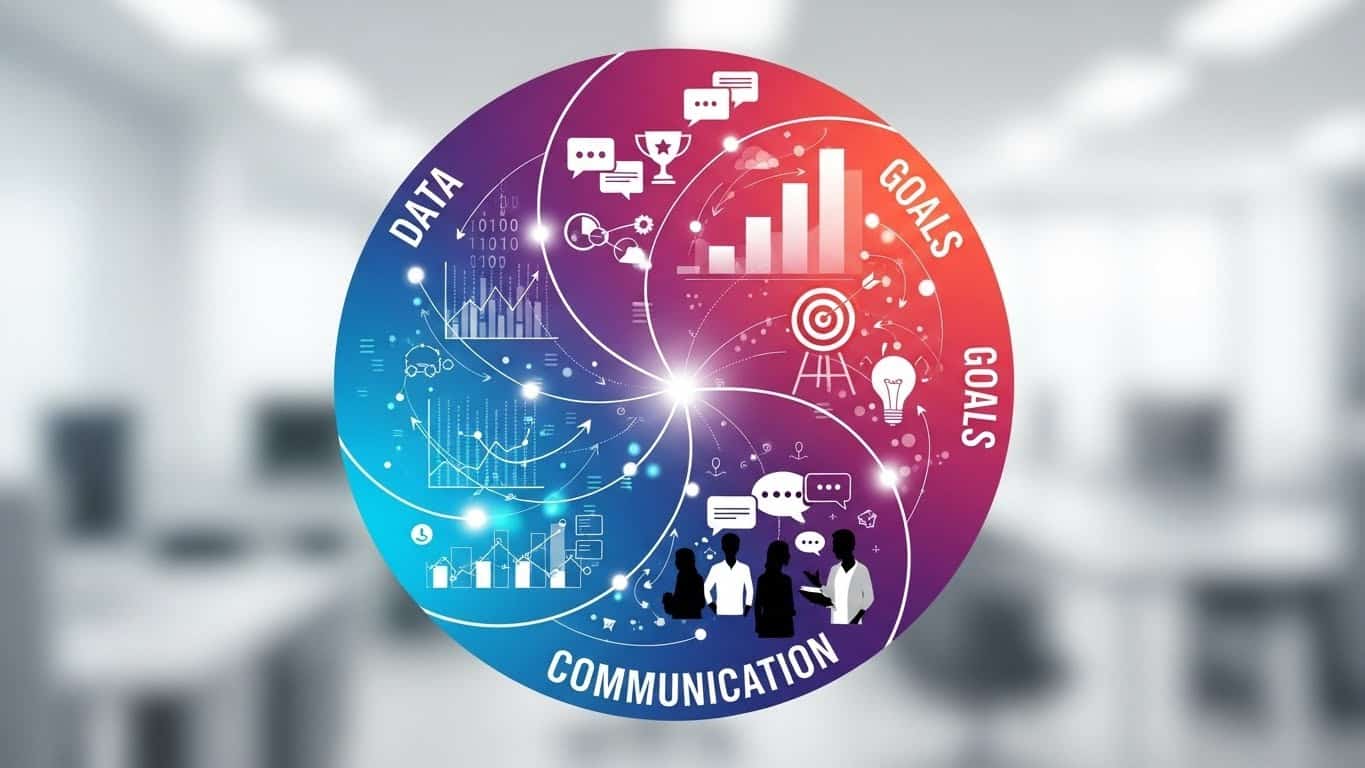Make Your Meetings Better with Huddles
Introduction
Are your team meetings more of a chore than a productive part of your day? You’re not alone. Many managers struggle with inefficient and unproductive meetings. But what if there was a better way? Enter the concept of “Huddles”.
Why Huddles are Essential for Effective Meetings
Huddles are short, frequent check-ins that keep your team aligned and focused. Unlike traditional meetings, huddles are designed to be concise and action-oriented. They provide an opportunity to discuss the priorities of the day, ensuring everyone is in sync and aware of their tasks.
The Proven Benefits of Huddles
But why are huddles so effective? A recent study by Gallup found that only 36% of employees are engaged in the workplace. This lack of engagement can lead to lower productivity and profitability. Huddles combat this by fostering open dialogue and assigning clear accountability, keeping your team engaged and focused on their goals. Moreover, huddles can increase transparency, improve problem-solving, and foster a culture of continuous improvement.
Download our Guide to Huddles for a full overview!
Overcoming Huddle Hurdles
While the benefits of huddles are clear, implementing them can come with its own set of challenges. These might include resistance to change, time management issues, or lack of clear structure. Here are some solutions:
- Resistance to change: To overcome this, explain the benefits of huddles and involve your team in the planning process. This can help them feel more invested in the change.
- Time management: Keep your huddles short and focused. A clear agenda can help ensure that you cover all necessary points without the meeting dragging on.
- Lack of structure: Use a standard huddle template to provide structure and ensure that all important points are covered.
Mastering Meetings in the Post-COVID Era with Huddles
The COVID-19 pandemic has transformed the way we work, making remote and hybrid work the new norm. This shift has made effective communication more important than ever. Huddles can help overcome the challenges of remote work by keeping your team connected and aligned, no matter where they are.
Practical Tips for Implementing Huddles
Ready to transform your meetings with huddles? Here are some practical tips to get you started:
- 5-minute huddle ideas: Start with a quick check-in where each team member shares their top priority for the day.
- Morning huddle agenda: Use your morning huddle to set the tone for the day. Discuss key tasks and any potential roadblocks.
- Daily huddle template: Create a standard agenda for your huddles to keep them structured and efficient.
- 15-minute huddle ideas: For longer huddles, consider including a brief brainstorming session or a quick team-building activity.
The Power of Huddles: A Case Study
At Align, we’ve seen firsthand the power of huddles. Our VP of Operations, Brook Bissinger Davis, credits daily huddles with helping her team stay on track and focused on their priorities.
Frequently Asked Questions (FAQs) About Huddles
- How long should a huddle last? A huddle should be short and focused, typically lasting between 5 to 15 minutes.
- What should be discussed in a huddle? Huddles should cover the priorities for the day, any roadblocks or challenges, and key updates or announcements.
- Who should attend a huddle? All team members should attend the huddle to ensure everyone is aligned and aware of the day’s priorities.
Conclusion
Huddles are more than just a meeting – they’re a powerful tool for improving communication, boosting engagement, and driving productivity. So why not give huddles a try in your next team meeting?
Ready to take your meetings to the next level with huddles? Try our Huddle Tools today and see the difference for yourself.





